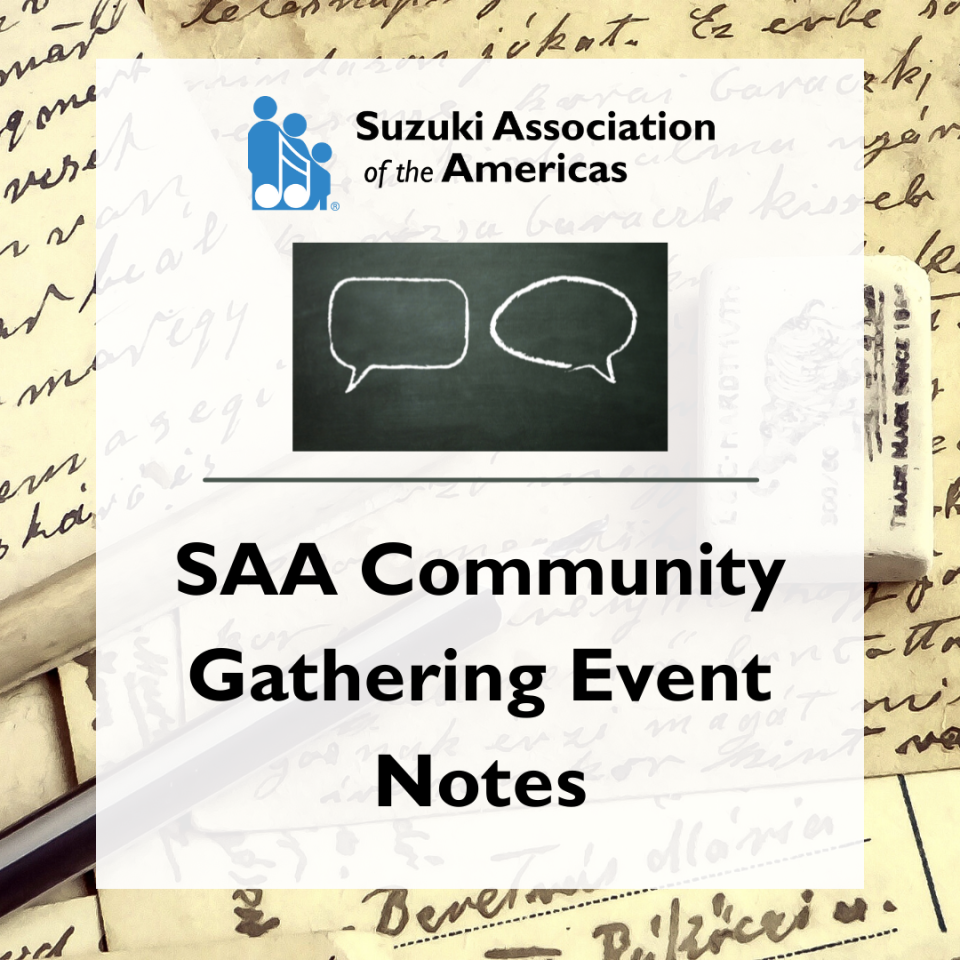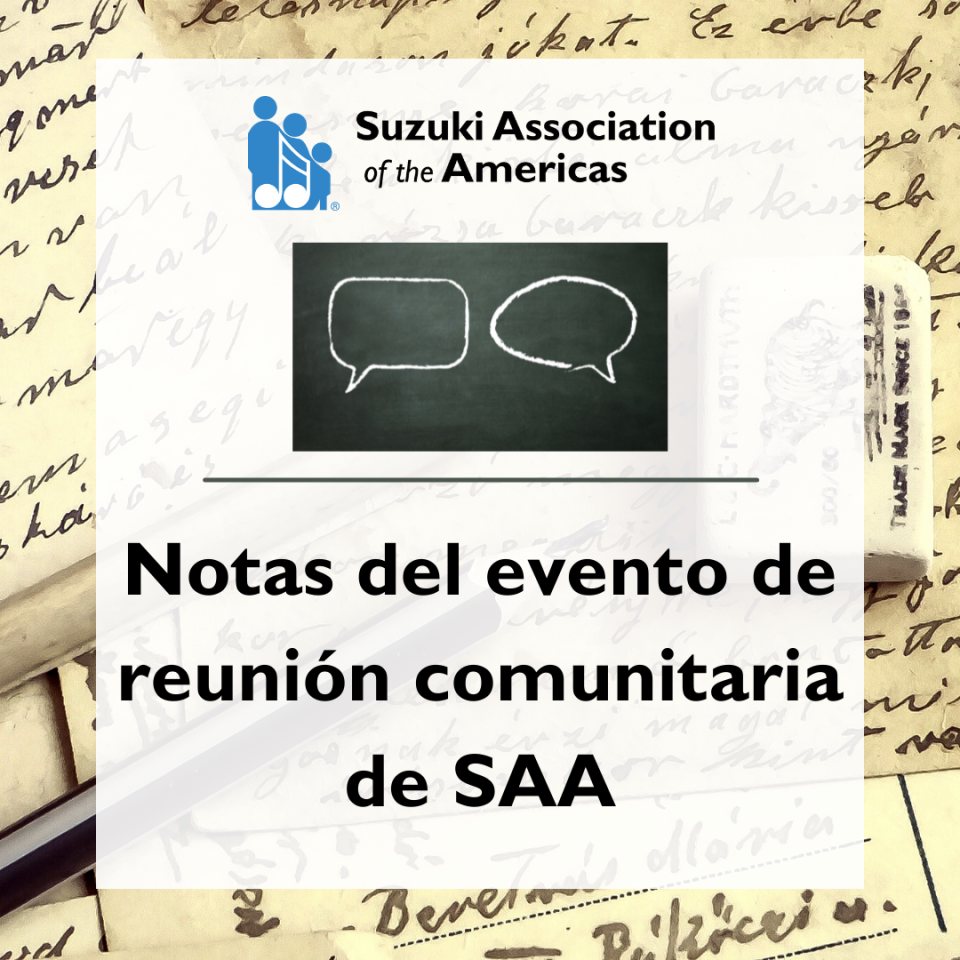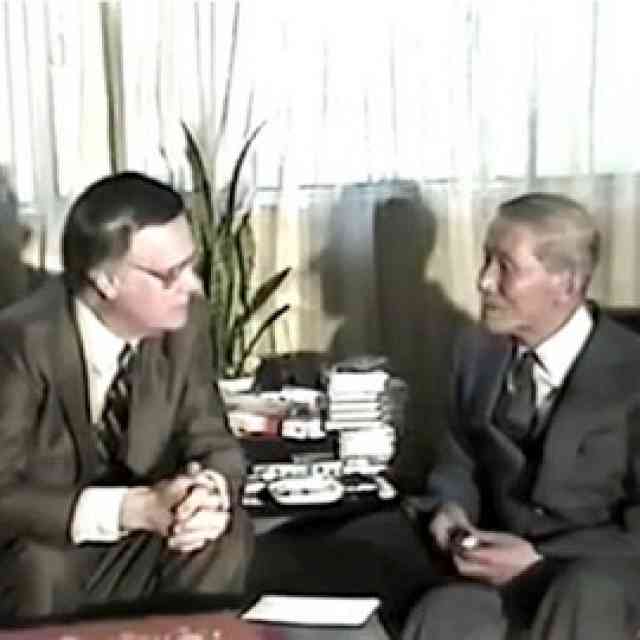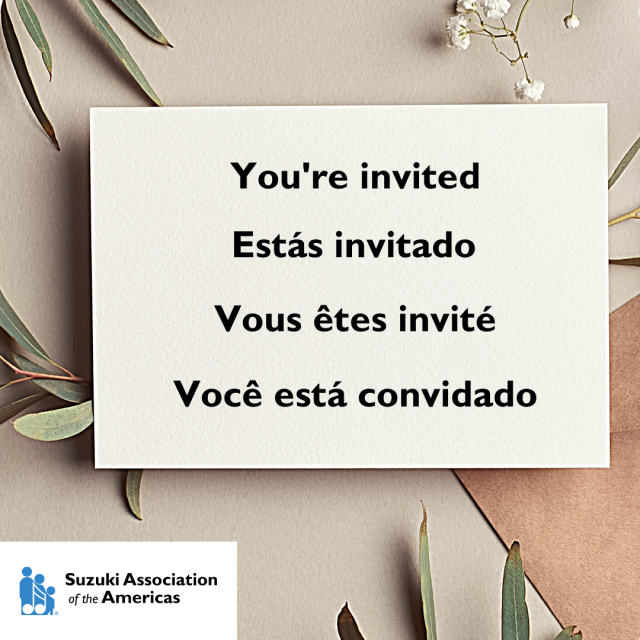
On March 24, 2022, the SAA held its second Community Gathering event. Over 60 people registered and attended.
Along with hearing some big picture answers to questions, and hearing some of Executive Director Angelica Cortez’s visions for what’s next, we talked about our first encounter with the SAA, and asked what kind of organization we want to grow into in the future?
To register for our next event on April 28 or submit your own question, scroll down.
We look forward to seeing you there,
The SAA Communication Team
P.S. We previously announced these sessions would take place twice a month. We’ve decided to hold them once a month in order to focus resources, increase participation, and answer more questions more thoroughly.
In-Depth Essay Answer: “ Who exactly is on the SAA Communications Team?”
This is like asking which instrument creates a symphony. Sometimes all the instruments play together, sometimes one section is highlighted, sometimes one instrument solos while the rest play a quiet supportive accompaniment underneath.
Here are the people in our communication orchestra: Executive Director Angelica Cortez, the staff, and Margaret Watts Romney, with the guiding values of Certainty and Fairness envisioned by the Board.
In January, the board, Margaret, and Interim Director Laura Yasuda decided together to initiate the SAA Communication Team to:
- Emphasize that going forward, communications were originating from not just a temporary consultant, or a single voice, but created in conjunction and with a united staff and Executive Director, and with the support of the Board.
- Show members a new communication policy based on the Board-chosen values of Certainty and Fairness.
- Create new channels of communication for an ongoing, open, sustainable, reliable flow of information between members and the Executive Director.
- Enable smooth continuation of programs and values even when one member of the team needs to step away.
Some of the current projects that the SAA Communication Team oversees are:
- The SAA Community Gatherings
- Answer essays and summary notes for SAA Community Gatherings
- Facebook Page content
- Facebook Page changing policy
- Facebook Page responses
- American Suzuki Journal
- Monthly Short Score Newsletter
- SAA Website Homepage and News Page
Some of the questions we are continually discussing as we plan for the future are:
- How can our limited time and resources serve the most members possible?
- Do we have systems in place that are repeatable, reliable, and consistent?
- How can we provide more access and value to our SAA Members?
- What are we missing, and whose voices have we not yet heard but want to reach?
We certainly will make mistakes, and we understand organizations may disappoint some as no one can please everyone all the time, yet we’re also celebrating the engagement, the passion, the positive experiences, and the forward motion we are seeing.
Thank you for your support and engagement!
Answers during March 24th event:
Q. To Angelica—Are there ways you can share financial updates of the budget on a monthly basis?
Transparency is key—it’s reasonable for our members to want to understand where our money is going and how are our finances are being used
A budget is a good example of an organization’s values
How we share financial info is a big question—one that the board & Angelica can take a look at; a monthly report may not be the best way to do it
Right now we are posting 990s, which is standard practice for NPOs
We can also look at other organization’s resources & guidelines on how & where to spend money—e.g. Art Equity, Community Centric Fundraising
We’re hearing concerns around two issues: 1) transparency and 2) the amount being spent on overhead and staff
Related TED talk on the relationship between nonprofits and overhead and staff: https://www.ted.com/talks/dan_pallotta_the_way_we_think_about_charity_is_dead_wrong?language=en
Q. To Angelica—What is to come of TDAC (Teacher Development Advisory Committee)—how are you going to make sure that whoever is in TDAC is selected in a way that’s equitable?
We first should acknowledge a bit of the history and original purpose of TDAC. TDAC is a committee that grew from several other committees. One iteration of it was a committee that wanted to take a look at the Every Child Can! course and figure out how we can improve it; it grew, changed, and adapted along with the organization
When you’re really excited and passionate about an idea, you’re not always thinking about the structure and equity of the system that you’re building, or whether it’s fair and equitable
There may have been a lot of people on the outside who wanted in on TDAC, but there wasn’t really a method or a way for them to join in
We want to thank the members of TDAC for all they contributed to the organization
The next phase—what is the best way for our members to contribute to the trajectory and course of our organization, and how can we build a new system and structure that allows for multiple people with varying levels of experience and expertise to help guide the organization moving forward
We want to hear from SAA members on what issues are important for us to tackle together—we want a fair process for selecting TDAC members so that multiple people have a fair chance to guide and shape that group
We will address TDAC more in the future
We should look at it as holistically as possible—we first must determine what our teachers need
Q. To Angelica—What can the SAA do to raise the standard of employment for its trained teachers?
The power of the collective is so pertinent in tackling big questions like this.
The problem is not unique to music teachers—they’re not paid enough, not valued in society—there is more we can do to support teachers across the board
What is the SAA uniquely suited to do to contribute in making that better?
We might want to form groups around core issues important to teachers—living wages, the definition of success, etc.—these are the types of questions that we want to bring to our members
This has been a subject in past conferences; there are also members that are actively working on advocacy, equity training for teachers
Q. To Angelica—Are there opportunities for us to get the know the board and staff?
Yes—Margaret and Angelica will work on the best way to incorporate the staff and board into this space;
We want you all to get to know our staff and team
We want you to get to know the board, as well
FROM ANGELICA, QUESTION 1: What was the first time you interacted with the SAA? (a few randomly selected answers)
- Training for book 1A
- I first interacted with SAA when I first became a Suzuki teacher @ 1978.
- World Conference in Amherst, MA 1981
- Or attending Institutes as a child, or when my childhood teacher did her recital as part of her TD application
- In 1976 the SAA Board had to approve me in order to go study in Japan with Dr. Suzuki. That audition/essay process did not last more than 3 years, probably because Dr. Suzuki taught anyone who showed up at the Institute!
FROM ANGELICA, QUESTION 2: Tell us a great experience that you had with the SAA. (a few randomly selected answers)
- I loved every single summer institute I attended as a student, parent, and teacher trainee, starting back in ‘77
- The Convention in Cancun
- Receiving the Journal while living in Barcelona that kept me connected to others in the UK and USA
- Some wonderful caring nurturing unselfish loving encouraging teachers trainers
- any of the teacher training courses I’ve taken, and getting to know people from other chapters when I was in chapter leadership
- Being welcomed into the SAA community as a young teacher, after moving to the USA and not knowing anyone here, but also having grown up as a Suzuki student in another country. My first conference was a very welcoming and inspiring experience.
FROM ANGELICA, QUESTION 3: Who makes up the SAA? Who’s missing from our community? (a few randomly selected answers)
- All of us! So many of my Suzuki violin friends from growing up and working with them at Institutes are not here.
- Teachers, students, parents make up the SAA- we are missing more students in less privileged communities who cannot afford the cost of lessons and such.
- Costa Rica has a thriving Suzuki movement but they seem to fall between the cracks ….they do North American training but are geographically in Central America.
- who else should be invited to the party- student alums who are no longer practicing musicians but whose adult lives are affected by their childhood music learning.
- String Projects throughout the country (National String Project Consortium) and our friends in ASTA. I think that many people don’t join both.
FINAL QUESTION FROM ANGELICA. For future discussion: who are the organizations we want to be like as we grow?
———————————
Join us for our next SAA Community Gathering!
Every Fourth Thursday, 9:00a PT/12:00p ET.
Our aim with these sessions is to invite more communication between SAA members and the Executive Director. A summary of the casual gathering plus links to a recording of the session will be available for those who aren’t able to attend in real-time.
We believe that regular sessions will create a stronger community, and in showing up with kindness, curiosity, and generosity.
Register here for the Zoom meeting
Submit your question, comment, or story:
Formulario de traducción al español
Formulário de inscrição em português
Formulaire de soumission en français
WHAT’S NEXT:
As these sessions continue, our aim is to make them as smooth and widely accessible as possible. If you have resources or information to aid with this or any other communications (marketing experience, translation proficiency, fundraising skills), please reach out and let us know!

Spanish Community Gathering Notes
El 24 de marzo de 2022, la SAA celebró su segundo evento de Encuentro Comunitario. Más de 60 personas se registraron y asistieron.
Además de escuchar algunas respuestas generales a las preguntas y escuchar algunas de las visiones de la Directora Ejecutiva Angélica Cortez sobre lo que sigue, hablamos sobre nuestro primer encuentro con la SAA y preguntamos qué tipo de organización en la que queremos crecer en el futuro?
Para registrarse para nuestro próximo evento el 28 de abril o enviar su propia pregunta, desplácese hacia abajo.
Esperamos verlos allí,
El equipo de comunicación de SAA
PD Anteriormente anunciamos que estas sesiones se llevarían a cabo dos veces al mes. Hemos decidido realizarlos una vez al mes para concentrar los recursos, aumentar la participación y responder más preguntas de manera más completa.
Un puñado de personas ha preguntado: “¿Quién está exactamente en el Equipo de Comunicaciones de la SAA?”.
Esto es como preguntar qué instrumento crea una sinfonía. A veces todos los instrumentos tocan juntos, a veces se destaca una sección, a veces un instrumento hace un solo mientras el resto toca un acompañamiento silencioso de apoyo por debajo.
Estas son las personas de nuestra orquesta de comunicación: La directora ejecutiva Angélica Cortez, el personal y Margaret Watts Romney, con los valores rectores de certeza y equidad previstos por el consejo.
En enero, la junta directiva, Margaret y la directora interina Laura Yasuda decidieron crear el Equipo de Comunicación de la SAA para:
- Enfatizar que, en adelante, las comunicaciones se originaran no sólo de un consultor temporal, o de una sola voz, sino que se crearan en conjunto y con un personal y un Director unidos, y con el apoyo de la junta.
- Mostrar a los miembros una nueva política de comunicación basada en los valores de certeza y equidad elegidos por el consejo.
- Crear nuevos canales de comunicación para un flujo de información continuo, abierto, sostenible y fiable entre los miembros y el Director Ejecutivo.
- Permitir que los programas y valores continúen sin problemas incluso cuando un miembro del equipo tenga que retirarse.
Algunos de los proyectos actuales que supervisa el Equipo de Comunicación de SAA son
- Las reuniones de la comunidad de SAA
- Ensayos de respuesta y notas de resumen para las Reuniones de la Comunidad de la SAA
- Contenido de la página de Facebook
- Política de cambio de la página de Facebook
- Respuestas de la página de Facebook
- Revista American Suzuki
- Boletín mensual de partituras cortas
- Página de inicio del sitio web de la SAA y página de noticias
Algunas de las preguntas que estamos discutiendo continuamente mientras planeamos el futuro son
- ¿Cómo podemos servir con nuestro tiempo y recursos limitados al mayor número de miembros posible?
- ¿Disponemos de sistemas repetibles, fiables y coherentes?
- ¿Cómo podemos proporcionar más acceso y valor a nuestros miembros de la SAA?
- ¿Qué es lo que nos falta/las voces de quiénes no hemos escuchado todavía pero queremos alcanzar?
Ciertamente cometeremos errores, entendemos que las organizaciones pueden decepcionar a algunos, ya que nadie puede complacer a todos todo el tiempo, pero también celebramos el compromiso, la pasión, las experiencias positivas y el movimiento hacia adelante que estamos viendo.
Gracias por su apoyo y compromiso.
Respuestas durante el evento del 24 de marzo
Q. Para Angélica—¿Hay formas de compartir actualizaciones financieras del presupuesto mensualmente?
La transparencia es fundamental: es razonable que nuestros miembros quieran saber a dónde va nuestro dinero y cómo se utilizan nuestras finanzas.
Un presupuesto es un buen ejemplo de los valores de una organización
Cómo compartimos la información financiera es una gran pregunta—una que la junta y Angélica puede echar un vistazo; un informe mensual puede no ser la mejor manera de hacerlo
En este momento estamos publicando los informes 990, que es la práctica habitual para las organizaciones sin ánimo de lucro.
También podemos mirar los recursos y directrices de otras organizaciones sobre cómo y dónde gastar el dinero—por ejemplo, Art Equity, Community Centric Fundraising
Nos preocupan dos cuestiones: 1) la transparencia y 2) la cantidad que se gasta en gastos generales y personal
Charla TED sobre la relación entre las organizaciones sin ánimo de lucro y los gastos generales y de personal: https://www.ted.com/talks/dan_pallotta_the_way_we_think_about_charity_is_dead_wrong?language=en
Q. A Angélica—¿Qué va a pasar con el TDAC (Comité Asesor para el Desarrollo del Profesorado)? ¿Cómo vais a aseguraros de que quien esté en el TDAC sea seleccionado de forma equitativa?
Primero debemos reconocer un poco de la historia y el propósito original de TDAC. El TDAC es un comité que surgió a partir de otros comités. Una de sus versiones era un comité que quería analizar el curso Every Child Can y averiguar cómo podíamos mejorarlo; creció, cambió y se adaptó junto con la organización.
Cuando uno está realmente entusiasmado y apasionado por una idea, no siempre piensa en la estructura y la equidad del sistema que está construyendo, o si es justo y equitativo
Puede que hubiera mucha gente de fuera que quisiera participar en el TDAC, pero no había realmente un método o una manera de que se unieran
Queremos agradecer a los miembros del TDAC todo lo que han aportado a la organización
La siguiente fase: ¿cuál es la mejor manera de que nuestros miembros contribuyan a la trayectoria y el curso de nuestra organización, y cómo podemos construir un nuevo sistema y estructura que permita que múltiples personas con diferentes niveles de experiencia y conocimientos ayuden a guiar la organización hacia el futuro?
Queremos que los miembros de la SAA nos digan qué cuestiones son importantes para que las abordemos juntos; queremos un proceso justo para seleccionar a los miembros del TDAC, de modo que varias personas tengan una oportunidad justa de guiar y dar forma a ese grupo.
Nos ocuparemos más del TDAC en el futuro
Deberíamos considerarlo de la forma más holística posible: primero debemos determinar qué necesitan nuestros profesores
Q. A Angélica—¿Qué puede hacer la SAA para elevar el nivel de empleo de sus profesores formados?
El poder del colectivo es muy pertinente para abordar grandes cuestiones como ésta
El problema no es exclusivo de los profesores de música: no se les paga lo suficiente, no se les valora en la sociedad; podemos hacer más para apoyar a los profesores en general.
¿Qué puede hacer la SAA para contribuir a mejorar esta situación?
Podríamos formar grupos en torno a cuestiones fundamentales para los profesores: salarios dignos, definición de éxito, etc.—Estos son los tipos de cuestiones que queremos plantear a nuestros miembros
Este ha sido un tema en las conferencias anteriores; también hay miembros que están trabajando activamente en la defensa de los derechos, en la formación en equidad para los profesores
Q. Para Angélica—¿Hay oportunidades para que conozcamos a la junta directiva y al personal?
Sí—Margaret y Angélica trabajarán en la mejor manera de incorporar al personal y a la junta en este espacio;
Queremos que todos ustedes conozcan a nuestro personal y equipo
Queremos que también conozcan a la junta directiva
DE ANGÉLICA, PREGUNTA 1: ¿Cuál fue la primera vez que interactuaste con la SAA? (algunas respuestas seleccionadas al azar)
- Formación para el libro 1A
- La primera vez que interactué con SAA fue cuando me convertí en profesora Suzuki @ 1978.
- Conferencia Mundial en Amherst, MA 1981
- O asistiendo a los Institutos cuando era niña, o cuando mi maestra de la infancia hizo su recital como parte de su solicitud de TD
- En 1976 la Junta de la SAA tuvo que aprobarme para poder ir a estudiar a Japón con el Dr. Suzuki. Ese proceso de audición/ensayo no duró más de 3 años, ¡probablemente porque el Dr. Suzuki enseñaba a cualquiera que se presentara en el Instituto!
DE ANGELICA, PREGUNTA 2: Cuéntanos una gran experiencia que hayas tenido con la SAA. (algunas respuestas seleccionadas al azar)
- Me encantó cada uno de los institutos de verano a los que asistí como estudiante, padre y profesor en formación, comenzando en el ‘77
- La Convención de Cancún
- Recibir el Journal mientras vivía en Barcelona, que me mantuvo conectada con otros en el Reino Unido y en los Estados Unidos
- Algunos maravillosos formadores de profesores que se preocupan, cuidan y alientan de forma desinteresada
- Cualquiera de los cursos de formación de profesores que he tomado, y conocer a gente de otros capítulos cuando estaba en el liderazgo del capítulo .
- Ser bienvenida a la comunidad SAA como una joven profesora, después de mudarme a los Estados Unidos y no conocer a nadie aquí, pero también habiendo crecido como estudiante Suzuki en otro país. Mi primera conferencia fue una experiencia muy acogedora e inspiradora.
DE ANGELICA, PREGUNTA 3: ¿Quiénes forman la SAA? ¿Quiénes faltan en nuestra comunidad? (algunas respuestas seleccionadas al azar)
- ¡Todos nosotros! Muchos de mis amigos violinistas Suzuki de cuando crecí y trabajé con ellos en los Institutos no están aquí.
- Profesores, estudiantes, padres forman la AAS—nos faltan más estudiantes en comunidades menos privilegiadas que no pueden pagar el costo de las lecciones y demás.
- Costa Rica tiene un próspero movimiento Suzuki pero parecen caer entre las grietas …. ellos hacen entrenamiento norteamericano pero están geográficamente en América Central.
- Quién más debería ser invitado a la fiesta: los alumnos que ya no son músicos en activo pero cuyas vidas adultas están afectadas por su aprendizaje musical en la infancia.
- Proyectos de Cuerda en todo el país (National String Project Consortium) y nuestros amigos de ASTA. Creo que mucha gente no se une a ambos.
PREGUNTA FINAL DE ANGÉLICA. Para un futuro debate: ¿a qué organizaciones queremos parecernos a medida que crecemos?
———————————
¡Únete a nosotros para una reunión de la comunidad SAA!
Cada cuarto jueves, 9:00a PT/12:00p ET.
Nuestro objetivo con estas sesiones es invitar a una mayor comunicación entre los miembros de SAA y el Director Ejecutivo. Un resumen de la reunión informal y enlaces a una grabación de la sesión estarán disponibles para aquellos que no puedan asistir en tiempo real.
Creemos que las sesiones periódicas crearán una comunidad más fuerte, y en mostrarse con amabilidad, curiosidad y generosidad.
Regístrese aquí para la reunión de Zoom
Envía tu pregunta, comentario o historia
Formulario de traducción al español
Formulário de inscrição em português
Formulaire de soumission en français
LO QUE SIGUE
A medida que estas sesiones continúen, nuestro objetivo es que sean lo más fluidas y ampliamente accesibles posible. Si tiene recursos o información para ayudar con esta u otras comunicaciones (experiencia en marketing, conocimientos de traducción, habilidades de recaudación de fondos), por favor, póngase en contacto con nosotros y háganoslo saber.








